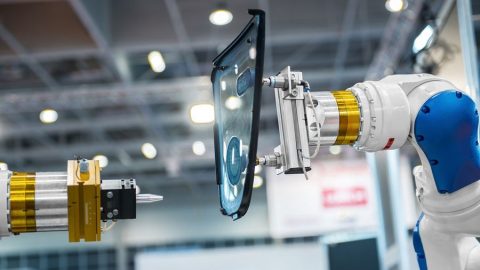
In this section, we will continue to explore strategies manufacturers can produce to improve their process efficiency.
3. Recognize Employee Engagement as a Way to Improve Process Efficiency
Process efficiency suffers if employees don’t feel engaged in their work or are not able to collaborate with others. It may also take a downturn if people regularly participate in incorrect practices because of inadequate training.
Workers at the Weetabix Food Co. took part in Rapid Lean process improvement programs from Lauras International that emphasized training and coaching of operators, technicians and front line managers. They also designed improvement plans and charters. Moreover, the company introduced its Rapid Lean processes at the plant, and staff members attended relevant workshops that were several weeks long.
Ultimately, the company improved output by more than 50 percent and reduced waste by 80 percent. Those results show how worthwhile it can be to focus on employees when improving processes.
4. Explore Robotic Process Automation
Robotic process automation (RPA) involves using software to automate manual tasks and get rid of substantial amounts of repetition for employees. Statistics projected that worldwide spending on RPA would reach $898 million in 2018, representing tremendous growth over the 2017 expenditures totaling $542 million.
Some manufacturing-related tasks that are typically a good fit for RPA include purchase order processing, transportation management and regulatory compliance. Robots and cobots can also be installed on factory floors to aid workers in completing their tasks faster than before the equipment existed.
Atria produces vegetarian and gourmet food and depends on cobots to assist with packaging and palletizing processes. Switching to different packaging applications for various types of food took six hours without using cobots but was reduced to only 20 minutes when depending on those machines.
Since there are so many ways to apply RPA in a manufacturing plant, it’s necessary to thoroughly investigate all the possibilities before choosing one. After going through that stage, it should become evident which options are most appropriate. RPA is particularly useful for improving error-prone processes.
Source: Robotiq